What Is The Best Landing Net?
Gear for Red Snapper
Handling Small Sharks
How to Properly Spool a Spinning Reel with Braid
Best Last Day Ever! Scott Walker Slams in Mexico!
Aboard the Ringleader, a 63 foot Weaver, Capt. Scott Walker gets ready for the last day of this trip. Mexico has been good to the crew with amazing food like Scott's Tuna Salad (Click Here for his awesome recipe) local treats and some of the best fishing in the World.
How To Make A Perfect Haywire Twist, FAST!
When you watch a professional do something, they do it with practiced perfection. It could be anything...watch how a stone mason who has been doing his craft since he was 20 builds something. It looks easy, smooth and effortless. Watch how a professional golfer hits a chip shot, an artist draw a quick sketch...anything.
Why does it look easy? That is a very simple answer. It looks easy because it is done with absolute practiced perfection. What you are watching is muscle memory and fine tuned, refined techniques to get the absolute best results.
Fishing knots are no different than any of the other skills I mentioned above. They require practice, lots of it. When you do practice, your hands begin to move more efficiently and the knots get tied very quickly.
The Haywire Twist is a very easy knot to tie. We use it anytime we are going to connect a swivel or hook to solid wire to prevent the toothy fish from cutting out line. As a charter Captain and commercial fisherman in Key West, Steve Rodger fishes for King Mackerel, Spanish Mackerel, Cero Mackerel, Wahoo, Barracuda, and Sharks. Each of these fish will go through heavy fluorocarbon leader in seconds so he uses solid wire alot.
This video is one of my favorites because it not only goes through the knot and shows you how to twist a few up, but the video goes further and shows you how fast a professional fisherman should be able to tie a Haywire Twist.
Watch how Steve's hands move and I believe that you will be able to tie them faster yourself. Also notice how each one is identical to the next.
Practice, Practice, Practice
Scott Walker's Go-To Knot
It is hard to argue with Scott Walker's success rate. His knots are strong, his tackle is meticulously rigged and cared for and his boat is impeccable.
When Scott says something works, it is best to listen. You see, Scott doesn't take anyone's word for things that work. He begins a process of testing and retesting until he is satisfied. My experience with Scott is that his process takes alot longer than others and involves alot more testing.
When you get on Scott's boat, every rod looks exactly the same. Every leader is the same length and every knot is exactly the same. This is no accident nor is it an OCD Captain gone crazy. Scott has found precisely what works and replicates it every time.
His go-to knot for tying on a hook is the snell knot.
Check out the way he ties it here:
4 Steps To Prepare Hook Baits
Last week we saw Scott Walker change his Swordfish rod over to a rig to pull a 60 pound dredge for Marlin fishing and he taught us how to properly make a crimp. Today, we see him rig his hook baits in a 4 step process.
Of all the Captains I have ever fished with, Capt. Scott Walker has always impressed me with the way he prepares his tackle. It is meticulously rigged with great concentration to details and it all looks exactly the same. Scott has found what works for him and he does not deviate from the winning formula. The result is success in tournaments and success for his anglers.
Scott goes through the way he rigs his hook baits for Blue Marlin step by step in an easy to follow instructional video. Notice how he doesnt fully rig 1 bait at a time, rather, he gets everything ready, measured and perfect and then starts to rig the baits.
Check out this video:
How To Make A Perfect Crimp To Pull A Heavy Dredge
As the seasons change, our gear must also change. Scott Walker is taking his Swordfish rod and converting it to a rig for pulling a dredge for Blue Marlin. The dredge that he will pull is very heavy and resistant. The tackle has to be strong to simply pull it all day but also has to be strong enough to withstand (hopefully) many attacks on the dredge through the day.
One of the changes that has to occur is to cut the terminal end off the Swordfish tackle and crimp a swivel onto the end of the line with a thimble and protector.
Scott goes step by step through the process of making this crimp and shows you precisely how to crimp for maximum strength and durability. Of course, there are tons of other uses for a crimp beyond pulling a dredge and Scott's instructions apply anywhere you may need a super strong crimp.
Check it out here:
How To Filet And Prepare A Tripletail
Scott Walker Nets A Beautiful Tripletail with the Frabill Power Stow Net
How do you clean and cook a Tripletail?
In case you didn't know...Steve Rodger is a funny dude. He has a way of explaining things that just makes you smile as compares the marine world to things in the regular world.
In this video, Steve tells you about the fish, Tripletail. Many people may not know what a Tripletail is, but Steve explains how they feed, hide and live in a funny way. One thing some people may not know about Tripletail is that they are one of the very finest table fish in the ocean.
After Steve explains the inner workings of the Tripletail's brain and methods of hiding from predators, he shows you how to clean it and cook it. Enjoy!
How to throw a cast net
The number one question that we receive is most definitely associated with cast nets. Most people want to know how to throw one better and make sure that it opens every time.
For us, cast nets are a tool like a hammer is to a carpenter. There is no way around it, we use cast nets just about every day. It has been said that "Necessity is the mother of invention" and that is completely true when that is related to Florida Keys fishing guides and cast nets.
There is not one way to throw a cast net. I would not even say that there is a right or wrong way to throw a net...there is just the way it needs to be thrown to make sure it opens on the school of bait when it appears.
No one really cares how you get the net set up. No one is judged on their setup, but everyone is judged on the spread of the net and the harshest critics are the baitfish. Either you cover them or you don't. If you able to pancake the net every time, you will catch bait faster than the rest of the boats and you will be on the fishing spot sooner. This means that you have more time to fish and will likely catch a ton more fish. Guys who struggle to open the net get to the fishing spot late and may only have one chance to set up for the rest of the afternoon. Throw after throw, the net gets heavier and heavier and you get more and more tired. The chances of making the best throw of the day go down. Conversely get your bait in one throw and you are set and on your way to having a great day. You will have happy customers and that usually means big tips!
It would be great to be able to say that we have never thrown a net that looks like a banana, or worse...doesn't open at all, but that just wouldn't be honest. Everyone has bad throws and everyone has made a bad throw when bait is being tough and suffered the consequences described above. That is why everyone has a different way to throw the net. The guys who really know how to throw a net have practiced and come up with their own way to throw the net. It may be very similar to someone else, but chances are that there are subtleties that make each throw unique.
In this video, we go over the way that each of us sets up the net and prepares for a throw. It is interesting that we throw the net very differently from one another but it looks very similar when it hits the water. This is because we have had to learn how...trial by fire...when the bait is tough and every throw counts.
The second most asked question is regarding the size of the nets we choose and why. I think we answer that in this video as well.
Check out this video and let us know if it helps you throw the net better.
The two ways that we described in the video are by no means the only ways to throw a net. There are as many ways as there are fishermen. Those are just the ways that have worked for us.
As an example, of another way to set up and throw, Jake Perry who is right handed, throws the net left handed. We shot a quick slow motion video of him throwing as well. Notice the difference in the way that he throws.
Some people have thrown a net a certain way for years but may not want to put the net in their mouth any more, or some dont like the shoulder set up. Check out the 3 different ways that we throw the net and maybe try a different approach.
Shoot a video and send it to us. We may do another post with even more styles of throwing.
Cleaning and Cooking Red Snapper
Cleaning and Cooking Red Snapper
We get alot of questions about how to clean fish and how to cook it. As professional fishermen, we are fortunate to be able to have a large supply of fish available to us year round.
Red Snapper are one of the finest eating fish in the ocean and are available over a broad area. You cant always keep them, but when you can, you are in for a treat.
Steve Rodger shows you how to clean them and gives suggestions for how he likes to cook them both grilled and fried. Steve is an advocate of simple recipes and gives you 2-3 ideas on how to clean and cook not only Red Snapper but also any of the Snappers and many other white meat fish.
Steve uses a 7 inch Bubba Blade and goes through exactly where to make the cuts and how to remove the skin. Fileting a Red Snapper is extremely similar to tons of other fish and all the snapper family so if you need to brush up on your fish cleaning skills, check out this video.
You can also go to our website and see the full length episode of us catching Red Snapper in Louisiana and see exclusive web content on all the gear we used and tons of other information only available at http://www.intothebluefishing.com/
How do I catch more and bigger snappers and groupers?
How do I catch more and bigger snappers and groupers?
Man, we get this question all the time. Everyone wants to catch bigger bottom fish...including us!
Here is a great tip that you need to incorporate immediately if you are not already doing this...what is it?...
Mix sand with your chum and send your bait to the bottom inside the chum ball. Also, simply dropping sand/chum balls to the bottom in the area you are fishing gets the chum to where the fish are. When you just put out a chum bag, you are only getting the chum to the surface of the water and maybe a couple of feet below. This is great for Yellowtails, but the grouper has no idea that chum is even there.
Here is Steve in a quick video to show you how it is done
Questions: Rod and Reel for Yellowfin
Aaron hit us up with an email.
Hi my name is Aaron from boca raton and i want to go trolling for yellowfin tuna in the Bahamas but i don’t want to go and spend all of my money on penn internationals. Do you know of any alternative rod and reel combos and if so what kind of line should i spool it with.
Thanks,
Aaron F.
This one is easy.
Shimano TLD 50W LRS. loaded with 80# braid. Best bang for the buck.
-Scott Walker
I hope that helps Aaron. Send us a picture of that big Yellowfin.
Questions: Anchoring
Hi guys, I was watching the Dry Tortugas, it was a calm day, how many feet of anchor line did you use ?? If it would have been 3 to 5 feet would you have anchored and how mush line would you have used ?? Why don't you like to give your location ?? I would love to go there but I feel it's a waste of time if you haven't been there before !!!!!! Love your show , I've pick up a great deal of information on different fishing solutions.
Thanks Ed
Hey Ed,
We use three times the depth of the water plus the length of the boat. If we told you where we fish there would no longer be any fish for us to film for you!
Thanks for watching the show!
Scott Walker
From Steve:
Ed,
3-5 footers are not a problem. I personally like to use 6X the amount of line per depth. So, 100ft depth = 600 ft of line. The most important piece is the length of chain. When rough, the longer the better. If it's calm you can usually get away with less.
You don't need GPS coordinates if you go to the fort, there are fish everywhere. All we did was ride around and look for hard bottom. The whole place is a fish haven! Took maybe 30 minutes to find a spot.
And the park rangers are very helpful and would be more than happy to point you in the right direction while there.
Thanks for your questions and good luck!
Capt. Steve
Want to ask Scott and Steve a Question? Click Here!

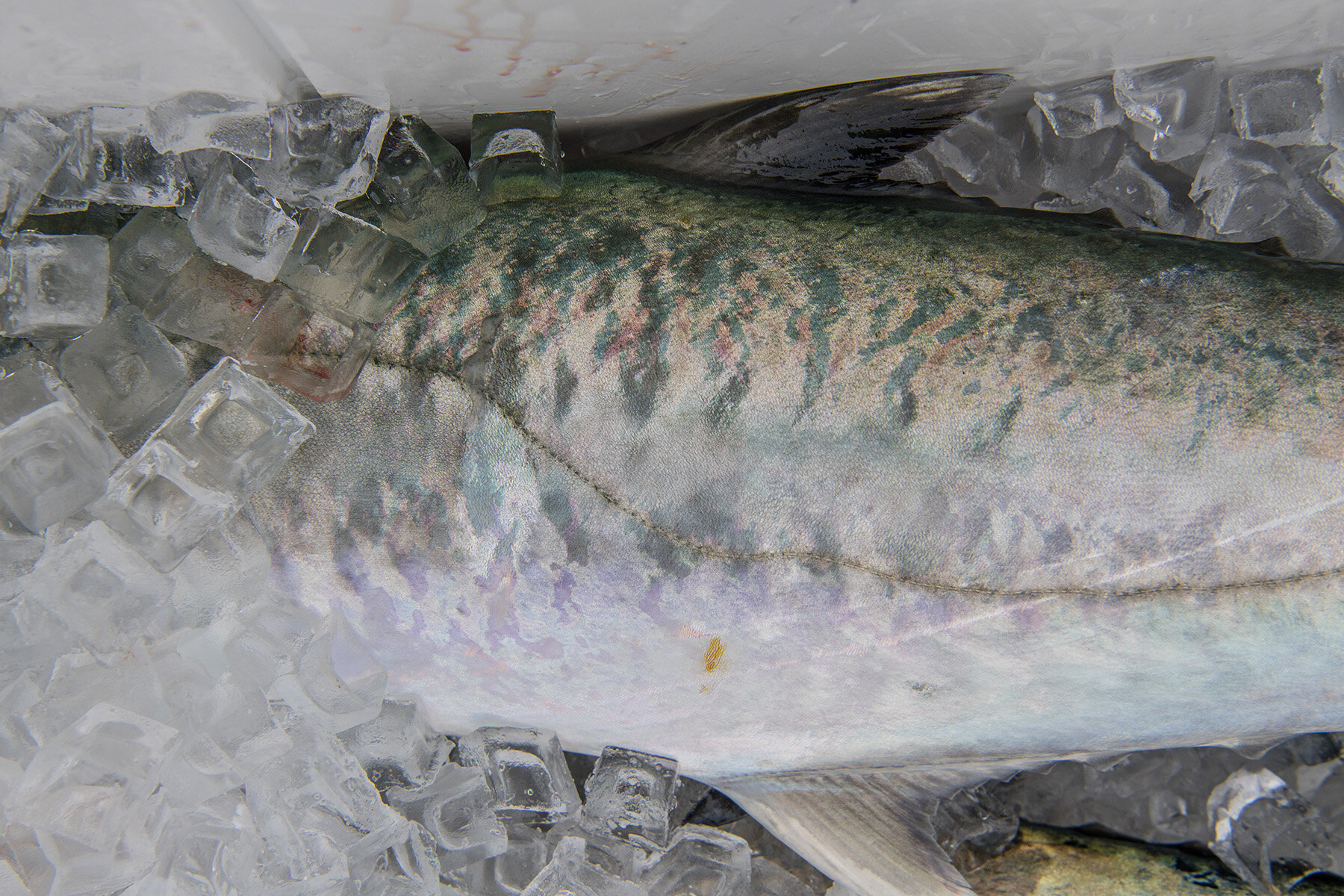
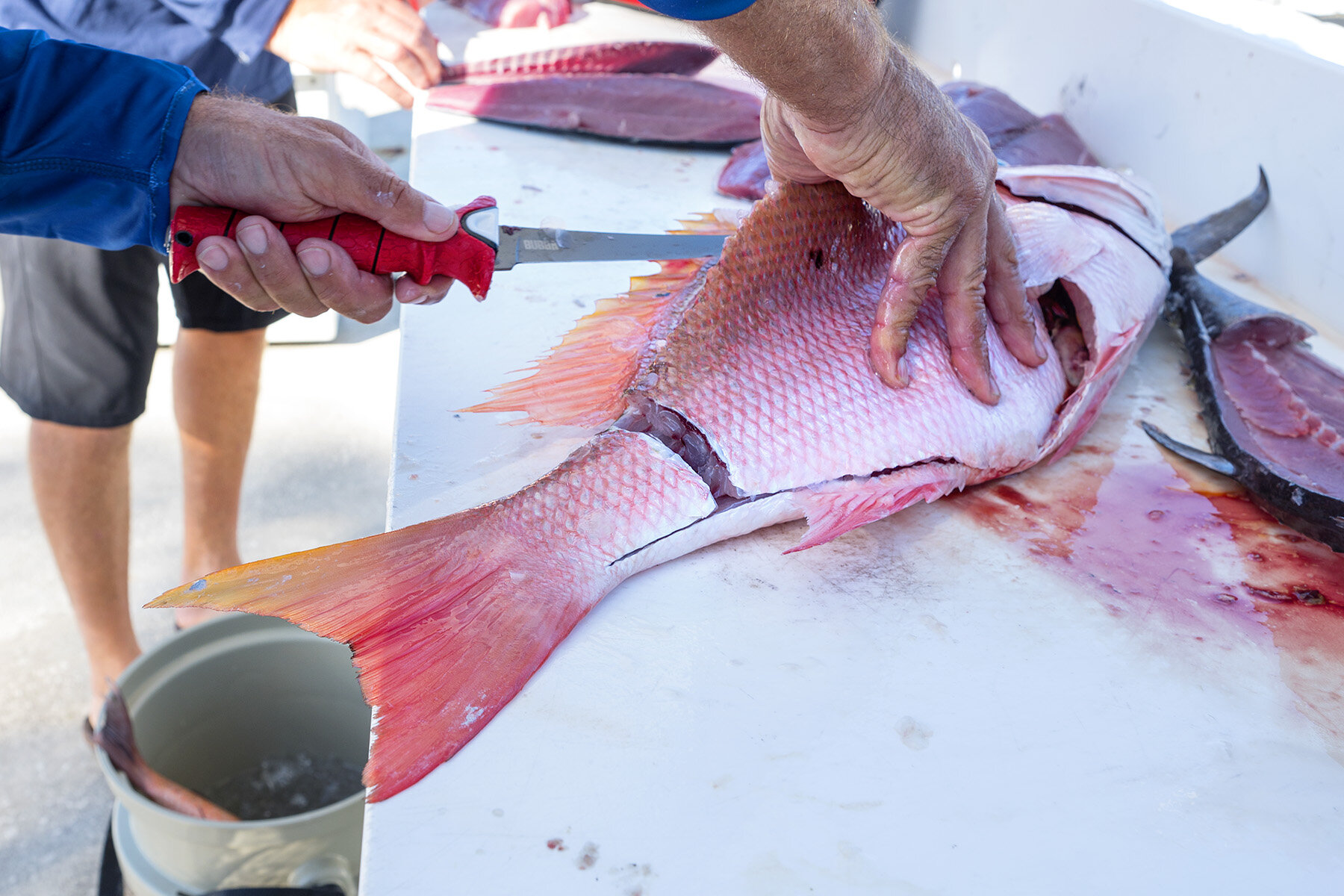
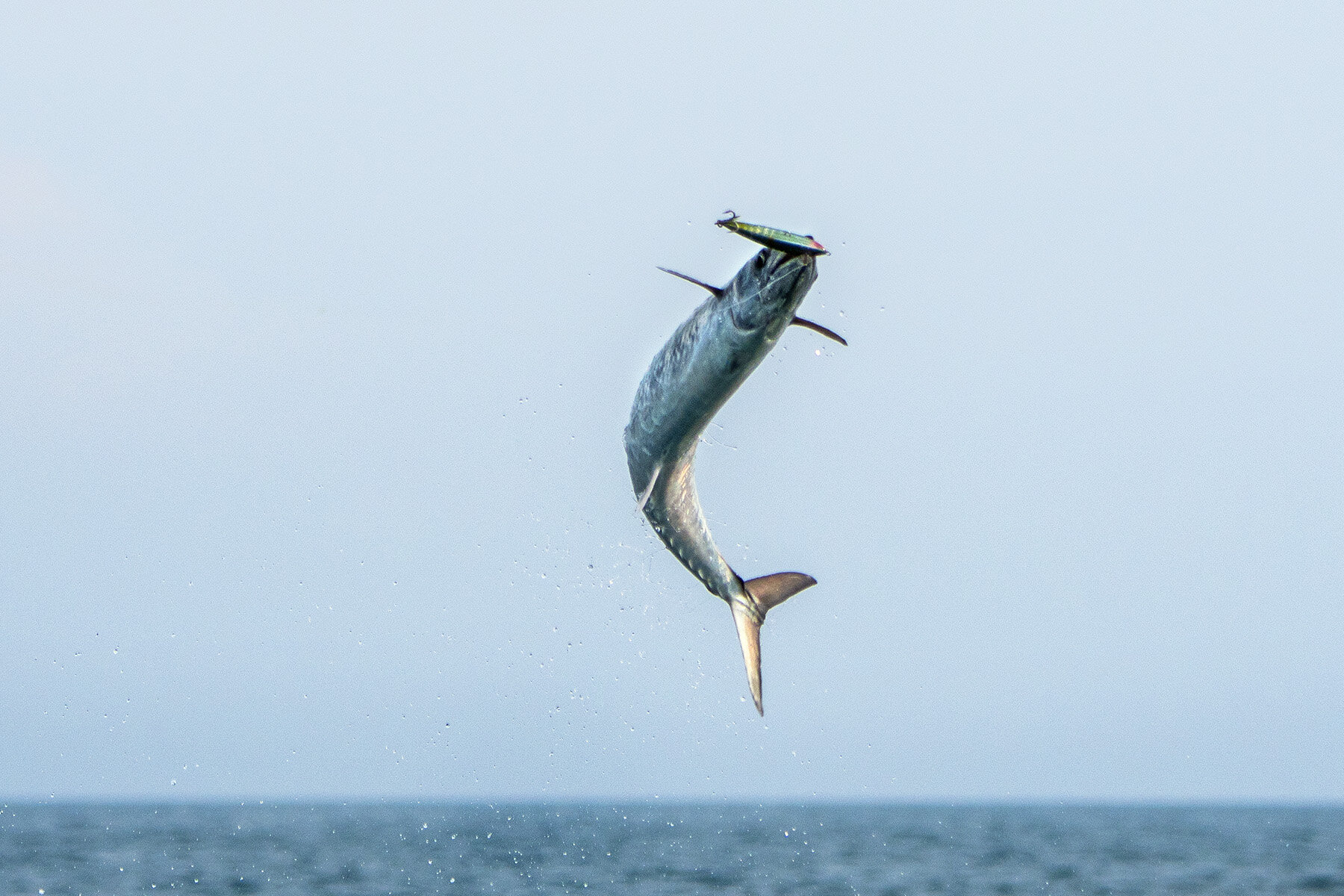











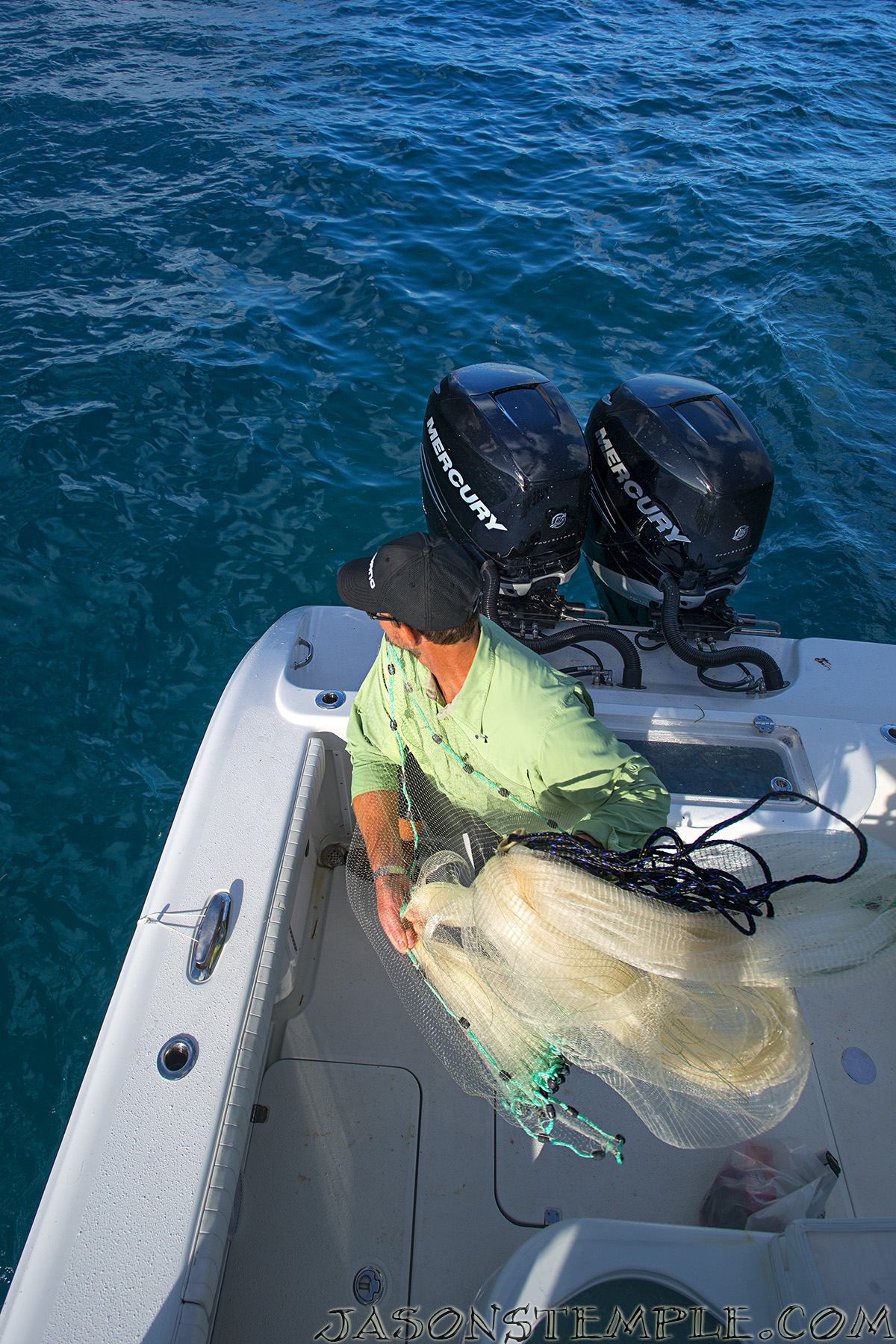
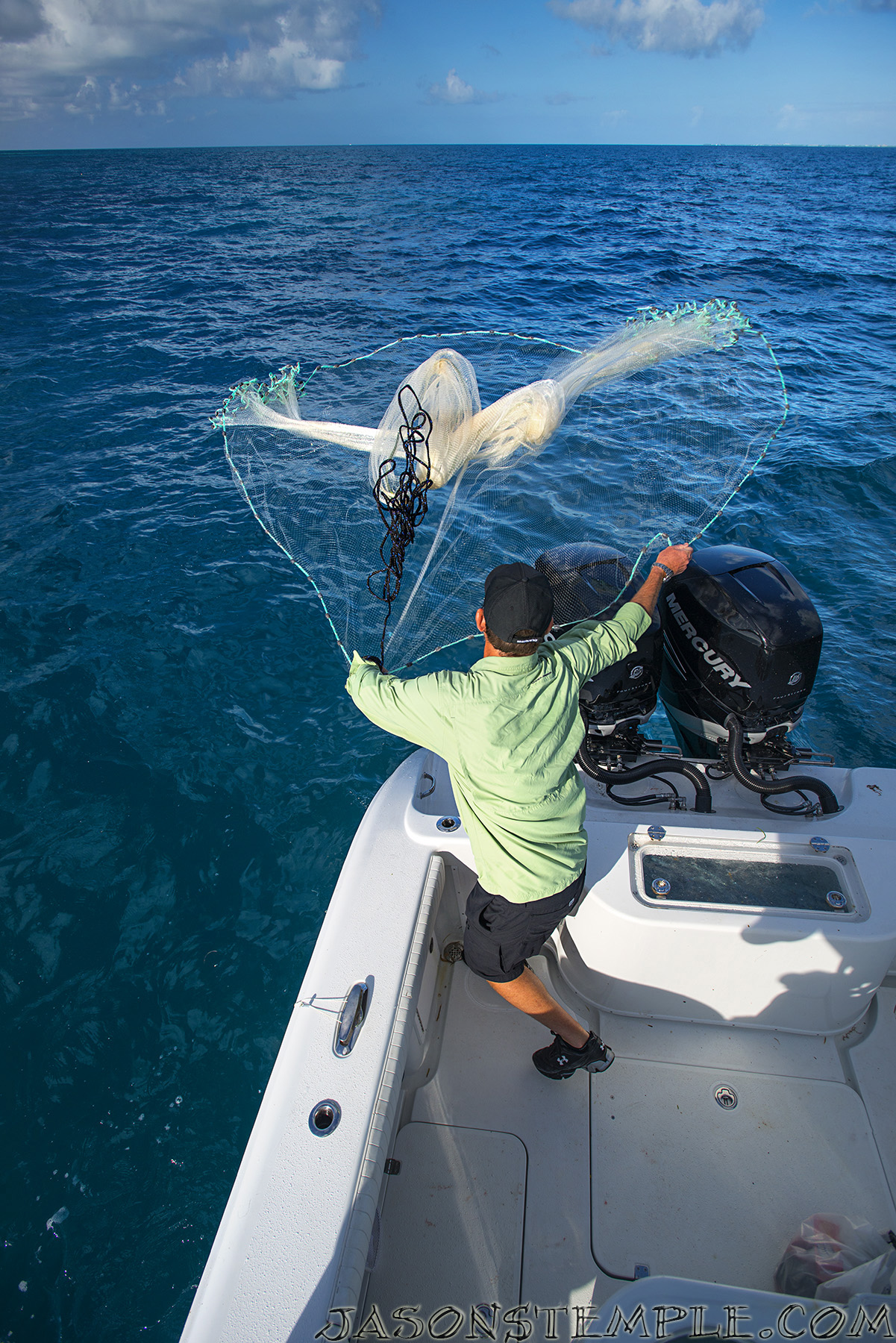
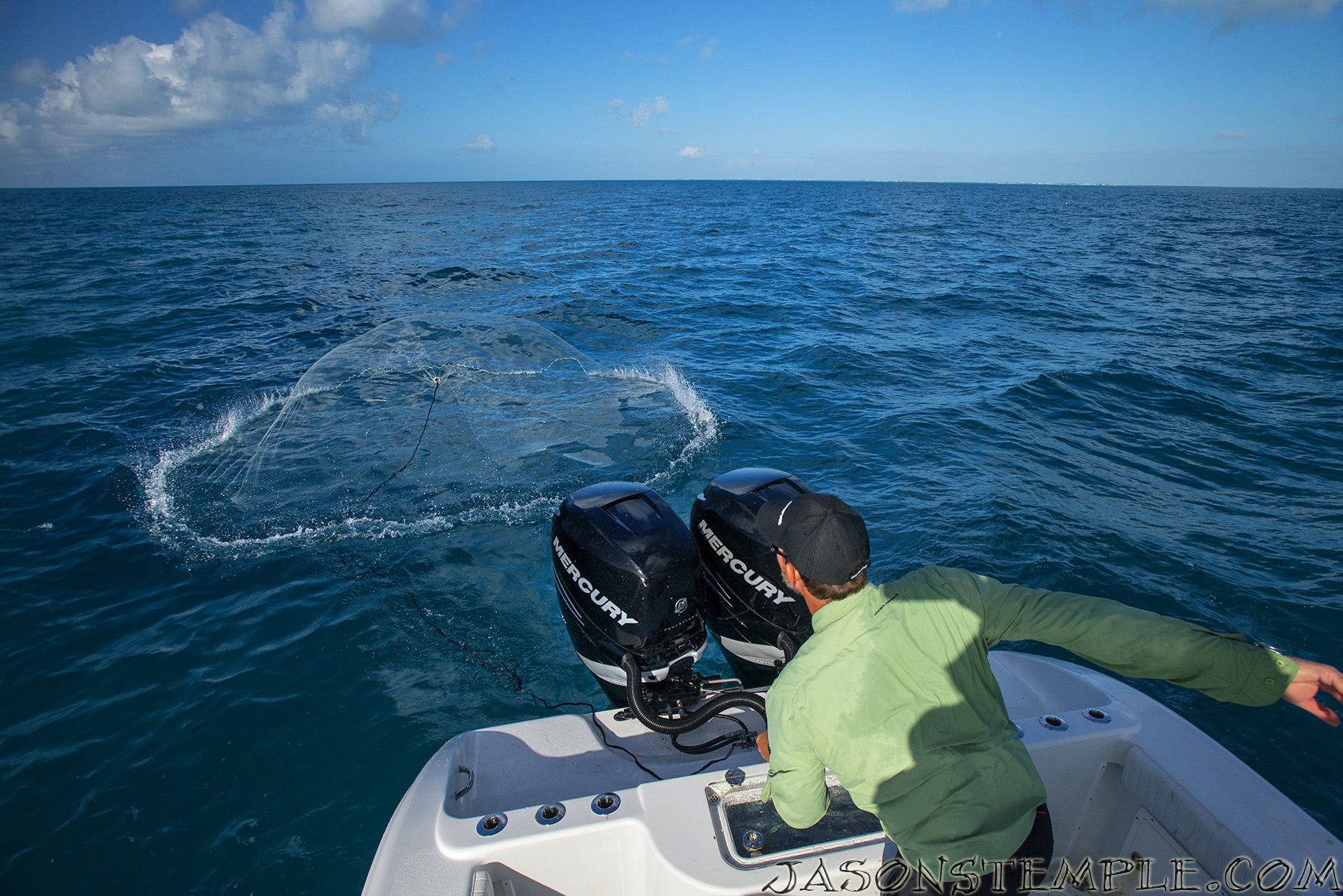
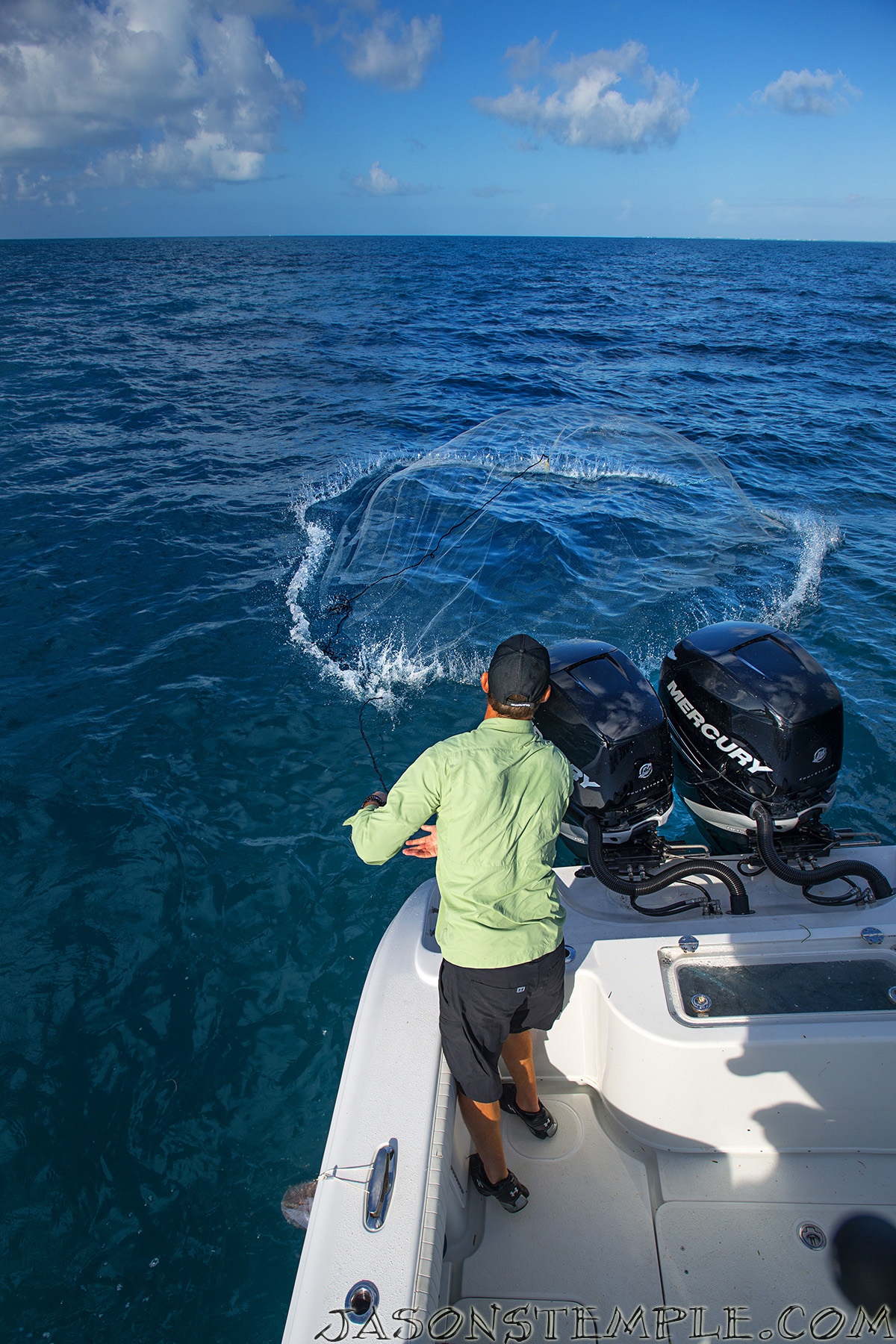



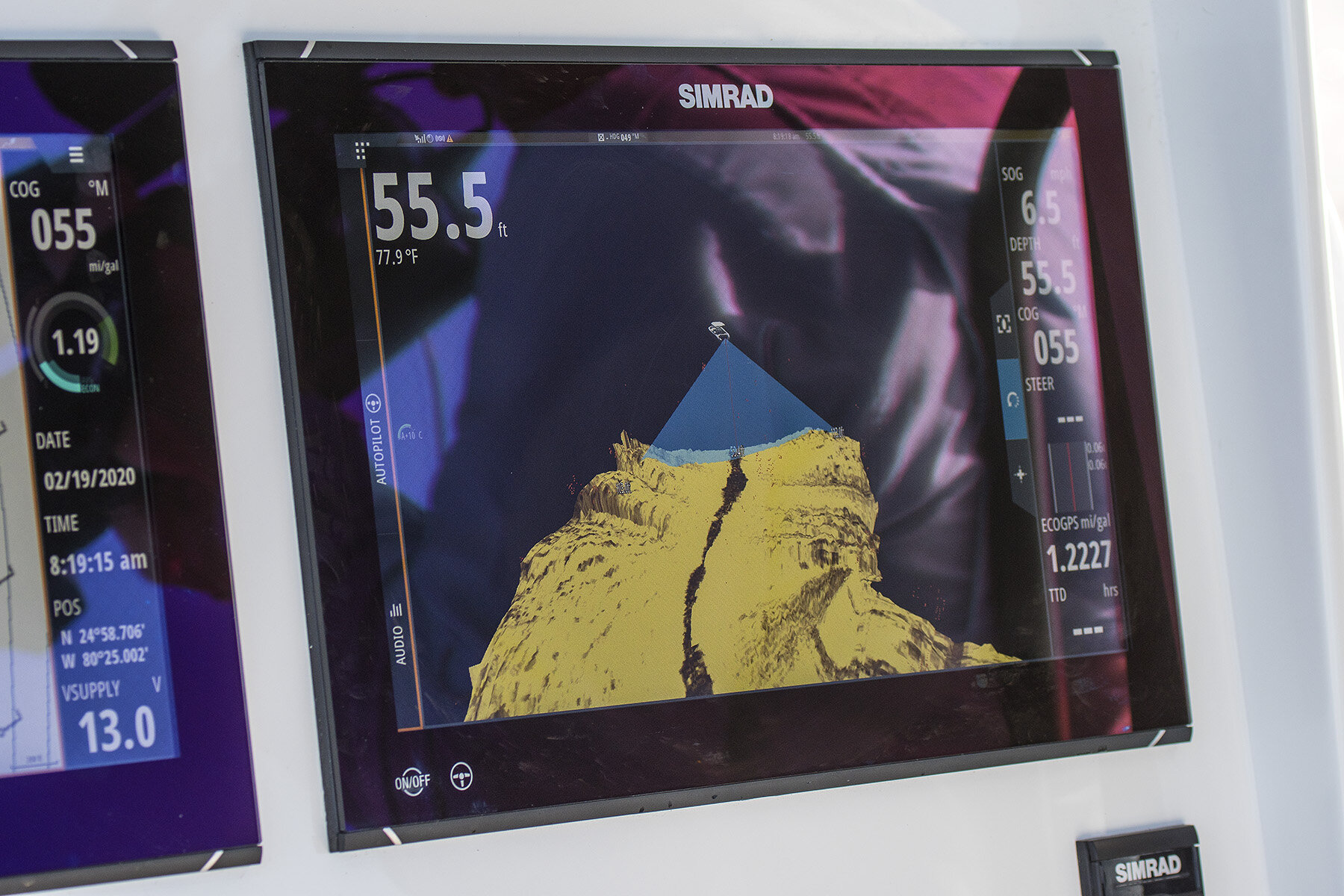

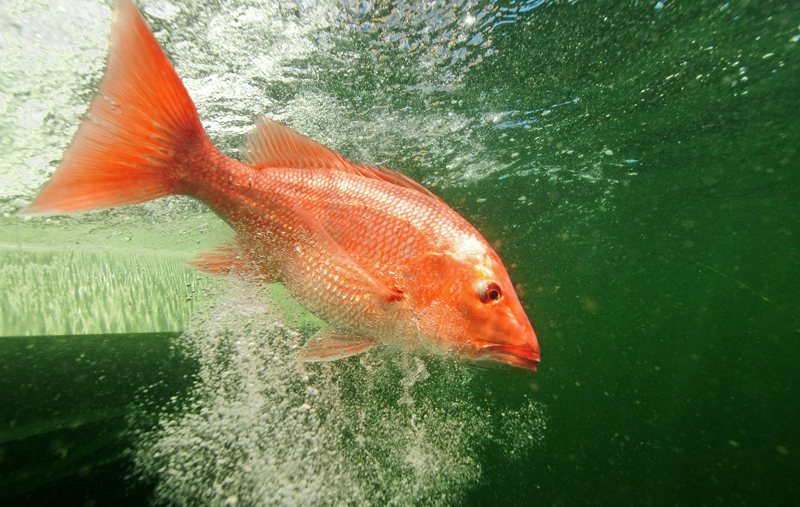




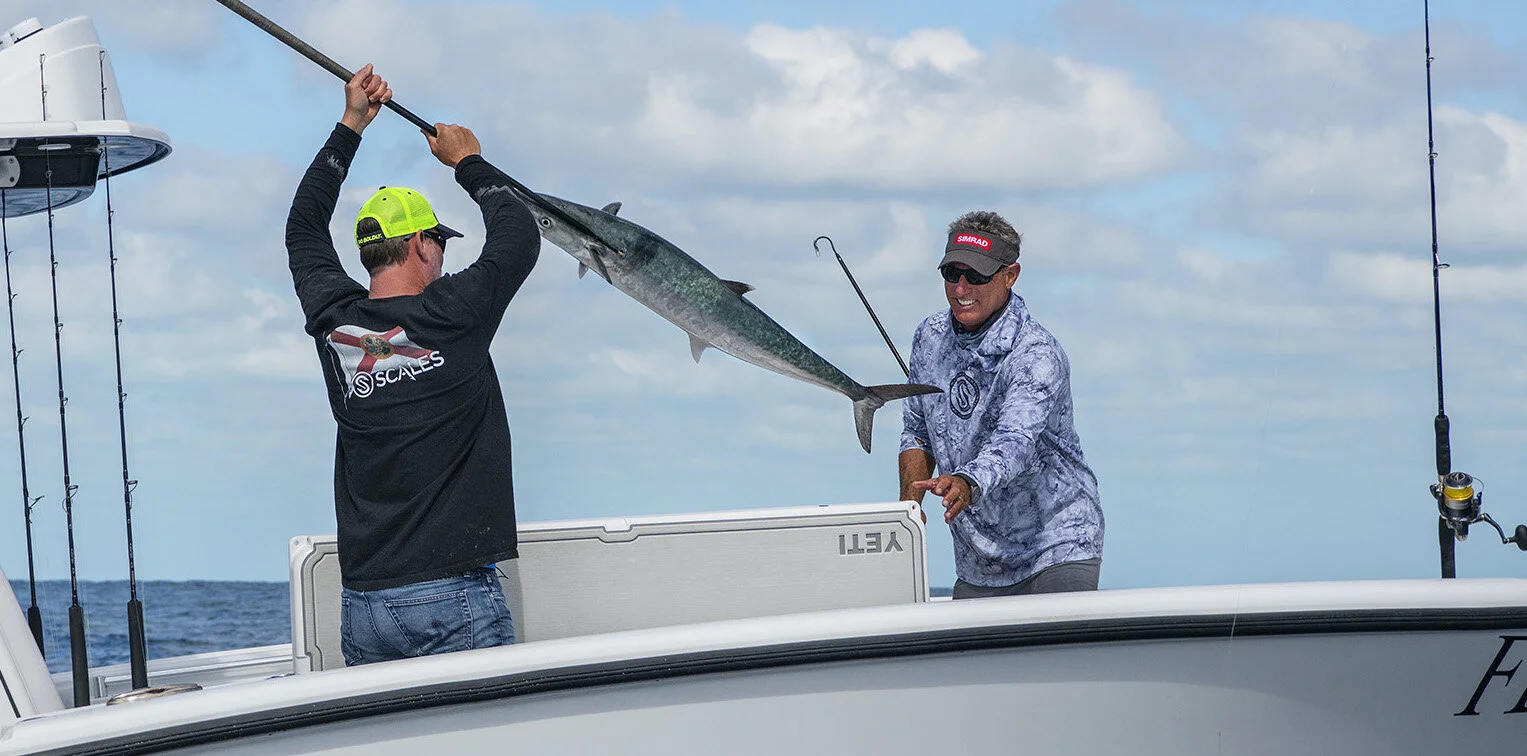
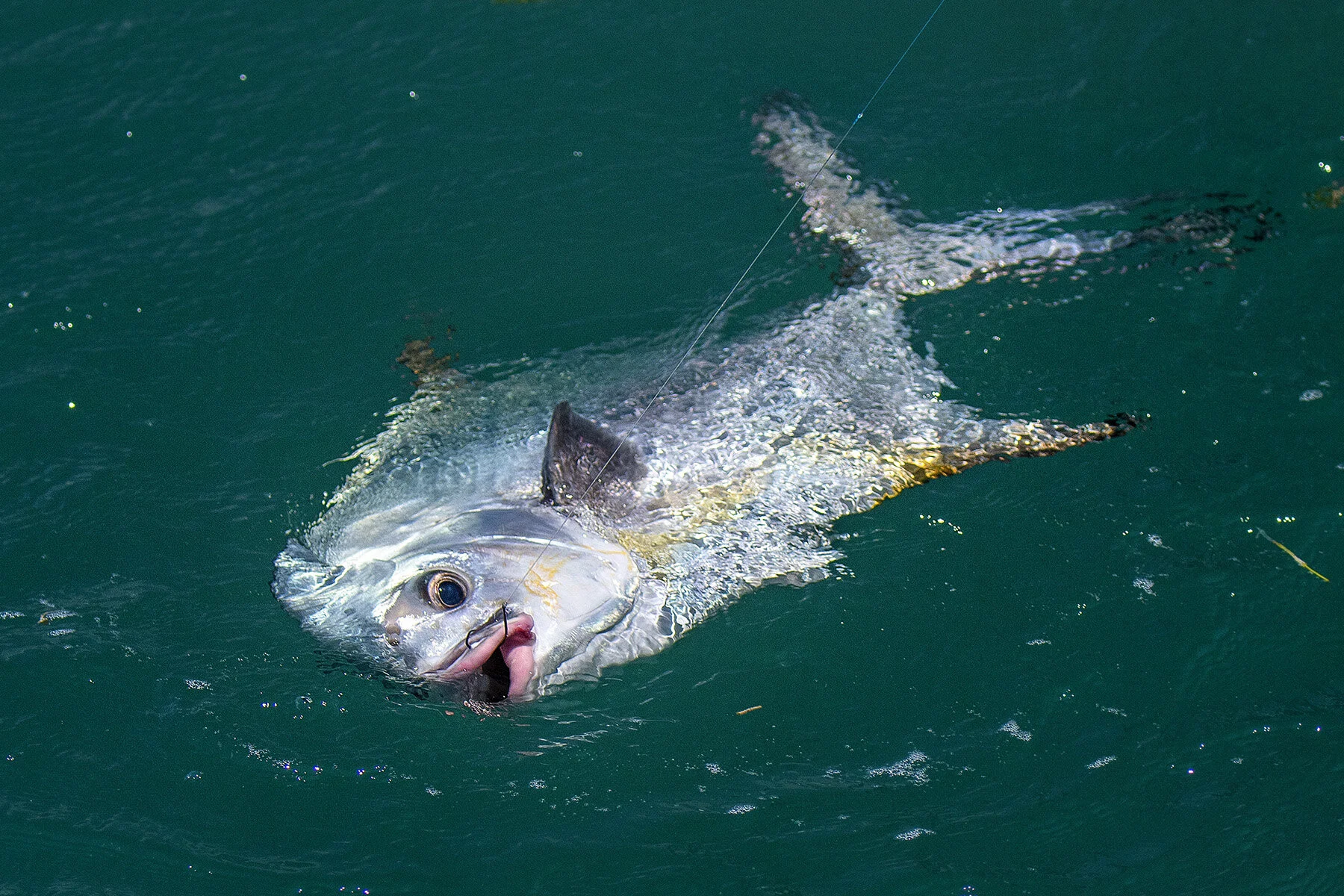



Into the Blue was the CHAMPION of the Waypoint series showdown, meaning that we will be having a 24 hour marathon of the show on Friday, July 10th! You can view the marathon on Samsung TV Plus and Stirr TV ALL DAY Friday!